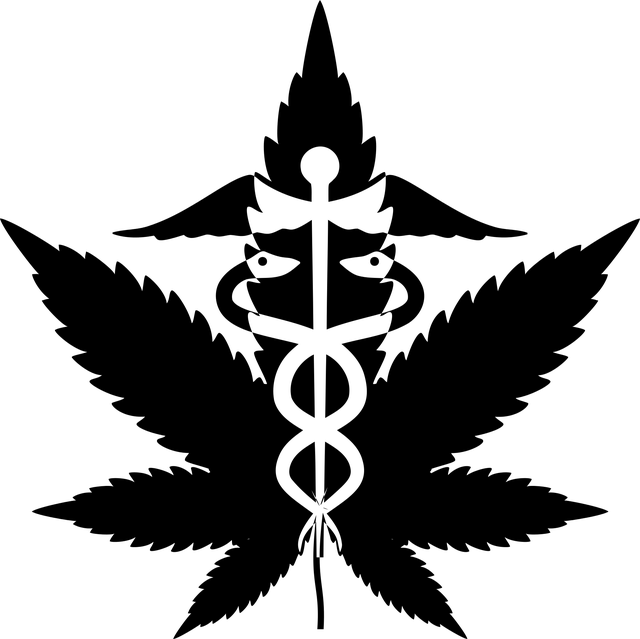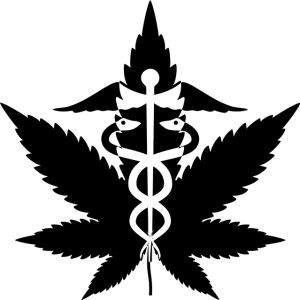It’s a bird! It’s a plane! It’s Superman? No: It IS a plane, and it’s towing a banner that reads, “Get Your CBD Delivered Today!”
CBD has moved into the mainstream. It’s on banners, flyers, websites, social media, and corporate media. It’s inside corporate boardrooms and mom and pop’s medicine cabinet. CBD is quickly becoming a household name.
People understand the dangers of pharmaceuticals and the trade-off they are making when using them. Thankfully, there is an ancient–and better–way to heal ourselves. It’s a plant, and it’s becoming more popular by the day.
Figure 1. Cannabis is a medicine.
Why CBD is Rapidly Gaining Popularity
There’s a reason why CBD is quickly rising in name recognition; in fact, there are several. Here are the three most important:
- Efficacy
CBD is a cure for many ailments (1). Anxiety, inflammatory bowel disease, and epileptic seizures are just three of the most common diagnoses that can be treated with CBD. While there are other treatments available, CBD is the most effective.
Its efficacy isn’t the only reason that CBD is climbing the popularity ladder.
- Natural
When given the option–all other things being equal–between a pill and a flower as medicine, most people will select the flower. It’s created in nature, not synthesized in a laboratory. Where Mother Nature provides free medicine with our best interest in mind, is there really a need for biochemical corporations to intervene?
It’s easy to join the bandwagon and support CBD over pharmaceuticals due to its natural occurrence. But what about the people who don’t enjoy getting high? Is there a way to use cannabinoids without experiencing it?
- No Psychotropic Effects
For the people who prefer to remain sober, their worries are mitigated when they learn CBD does not induce the same psychotropic effects that THC does. CBD targets different receptors in the body than THC (2). The result is a body-wide therapeutic effect without the cognitive distortion normally associated with cannabis consumption.
The efficacy of Mother Nature is undeniable. She’s given us a plant that breaks down into chemicals that fit perfectly into our neuronal receptors and induce healing and palliative effects. For those who are against the consumption of cannabis on the grounds of public safety, even they must concede that CBD is harmless. If they didn’t, they’d be going against the World Health Organization’s declaration that CBD is a medicine and is “generally well tolerated with a good safety profile” (3).
Sources
- “Role of the Cannabinoid System in Pain Control and Therapeutic Implications for the Management of Acute and Chronic Pain Episodes” Current Neuropharmacology. July, 2006. https://www.ncbi.nlm.nih.gov/pmc/articles/PMC2430692/
- “Molecular Targets of the Phytocannabinoids–A Complex Picture” Accessed March 26, 2018. https://www.ncbi.nlm.nih.gov/pmc/articles/PMC5345356/
- “Cannabidiol (CBD) Pre-Review Report. WHO. November, 2017. http://www.who.int/medicines/access/controlled-substances/5.2_CBD.pdf
Figure 1. Credit to Pixabay











